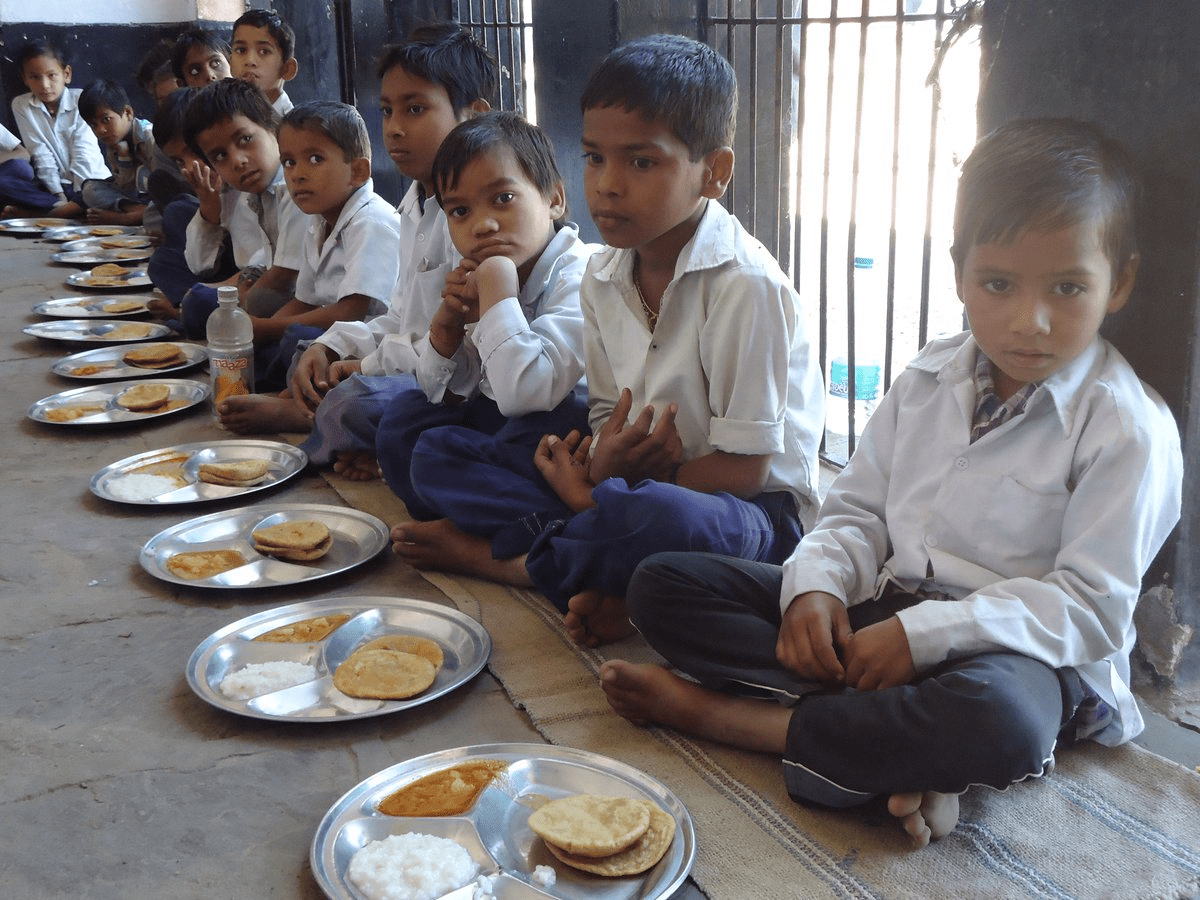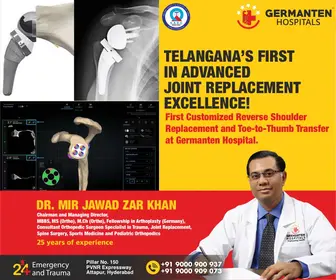
By Sejal Gupta
A series of distressing food safety incidents about school children falling ill due to contaminated midday meals have made headlines over the past few weeks. From burnt rice in Andhra Pradesh to food ingredients infested with insects in Telangana and remnants of dead snakes in the food in Bihar, hundreds of children have been falling sick from quality compromise in midday meals across the nation. These alarming cases have forced authorities into reactive damage control. However, these are not one-off lapses.
According to the UNESCO Global Education Monitoring (GEM) Report, only 93 of 187 countries have any legislation, compulsory standards, or guidelines governing food in schools. India’s current framework mirrors this sparse landscape. While the Mid-Day Meal Scheme is commendable in its role in encouraging school attendance and addressing child malnutrition, this string of food safety failures is now revealing critical monitoring gaps. The Department of School Education and Literacy flagged that inspections often focus on conveniently located schools, leaving institutions in other areas neglected. This highlights the systemic weaknesses in India’s food regulatory landscape.
India’s food economy is undergoing a dramatic transformation, yet oversight architectures remain fragmented, reactive, and unevenly enforced. This underscores the urgent need to re-examine food regulatory design and enforcement, particularly in the context of growing youth.
Beyond school meals
Outside the school ecosystem, food safety challenges multiply. Roughly 70% of India’s food retail is informal. A report by NIH finds that 40.1% of young people eat street food 2–3 times per week (NIH, 2020). Therefore, street vendors play a vital role in daily affordable nutritional consumption. Despite well-established frameworks for hygiene and certification by the Food Safety and Standards Authority of India (FSSAI), enforcement remains uneven across regions. Many of these vendors operate with limited awareness or capacity to follow guidelines, leading to inconsistencies in food quality and safety.
Simultaneously, a new wave of ultra-processed foods and digital food delivery platforms is reshaping eating patterns and gaining large traction among children and youth. These sectors are showcasing dynamic growth rates, often outpacing current regulations.
The growing ultra-processed food frenzy
Growing consumption of ultra-processed foods (often high in salt, sugar, and saturated fats), among school and college goers is contributing to rising rates of non-communicable diseases, like obesity, diabetes, and cardiovascular issues. The disconnect between consumption trends and consumer literacy poses a dual challenge: ensuring informed choices and holding food producers accountable through transparent, easy-to-understand labelling norms.
Most national programmes focus on caloric intake and enrolment incentives but pay scant attention to hygiene, food literacy, or health impacts. In the absence of transparent, front-of-pack labelling and robust public health campaigns, informed dietary choices remain out of reach for most parents and children. Children and adolescents are particularly vulnerable to persuasive marketing tactics.
Learnings can be taken from nations such as Singapore, Chile, and Japan, among others. Japan, through its Shokuiku legislation, mandates that school meals meet strict nutritional standards and use fresh, locally sourced ingredients. Parents are included through workshops and community campaigns. Such models prioritise both hygiene and balanced nutrition through structured curriculum and rigorous oversight.
Chile mandates a black octagonal Front-of-Pack (FOP) nutrient warning label, alerting consumers to products high in sugar, salt, saturated fat and calories. Access and marketing restrictions have also been put into effect to safeguard children’s health. Food & Beverage firms are prohibited from using advertising methods targeted towards attracting children, and products that bear the “High in” label are prohibited from advertising during children’s programmes. Additionally, the sale of ultra-processed food has been banned in schools.
Digital disruption and regulatory paralysis
India’s rapidly evolving food delivery and cloud kitchen sectors have created a new class of challenges, making both ultra-processed and pre-cooked food more accessible, affordable, and convenient for the youth.
Cloud kitchens and 10-minute delivery models prioritise speed, sometimes at the expense of hygiene and food safety. Unawareness of food handling and underdeveloped cold chain infrastructures have been leading to food spoilage and food safety compromises in transit and distribution. Further, the emergence of 10-minute delivery services has raised new regulatory alarms. Many operate out of dark stores, spaces that are unregulated and unlicensed, and in conjunction with small vendors that lack proper sanitary infrastructure.
With over 20,000 cloud kitchens operating in India, and the number expected to double by 2026, the rapid growth of the online food economy has far outpaced regulatory measures. According to FSSAI data, over 21,000 complaints were filed against online food platforms between 2019 and 2024, citing hygiene lapses in packaging, misleading labelling, and substandard quality. About 1,500 vendor licenses have been cancelled, and penalties exceeding Rs. 210 crores have been imposed. Concerns are rising over misleading information, inconsistent quality and lack of traceability. These numbers reveal systemic weaknesses in monitoring and compliance within the food e-commerce ecosystem. Currently, no tailored food safety frameworks are in place for online food/grocery platforms.
Call for dynamic governance
As consumption patterns and methods evolve, ensuring that food remains safe and nutritious, especially at growing ages, is increasingly important. With the proliferation of processed foods and the rising demand for convenience, maintaining stringent food safety standards is essential. The multiplicity of food sources impacting the health of India’s youth, including schools, aggregators, and street vendors, calls for unified, proactive, and strictly enforceable food safety frameworks. The dynamic nature of this industry requires that regulations be anticipatory and adaptive rather than reactionary.
Anandini Gupta is a Research Fellow at the Centre for Development Policy and Practice (CDPP), with work experience in finance and communications. She has a Bachelor’s degree in Math/Financial Analysis and Risk Management from the University of Waterloo, Canada. Her areas of interest include gender, culture, and developmental finance. Co-author Sejal Gupta is a Senior Research Fellow at the Centre for Development Policy and Practice (CDPP). She is currently associated with the CDPP Regulation Project, which covers emerging, infrastructure, and consumer sectors.



